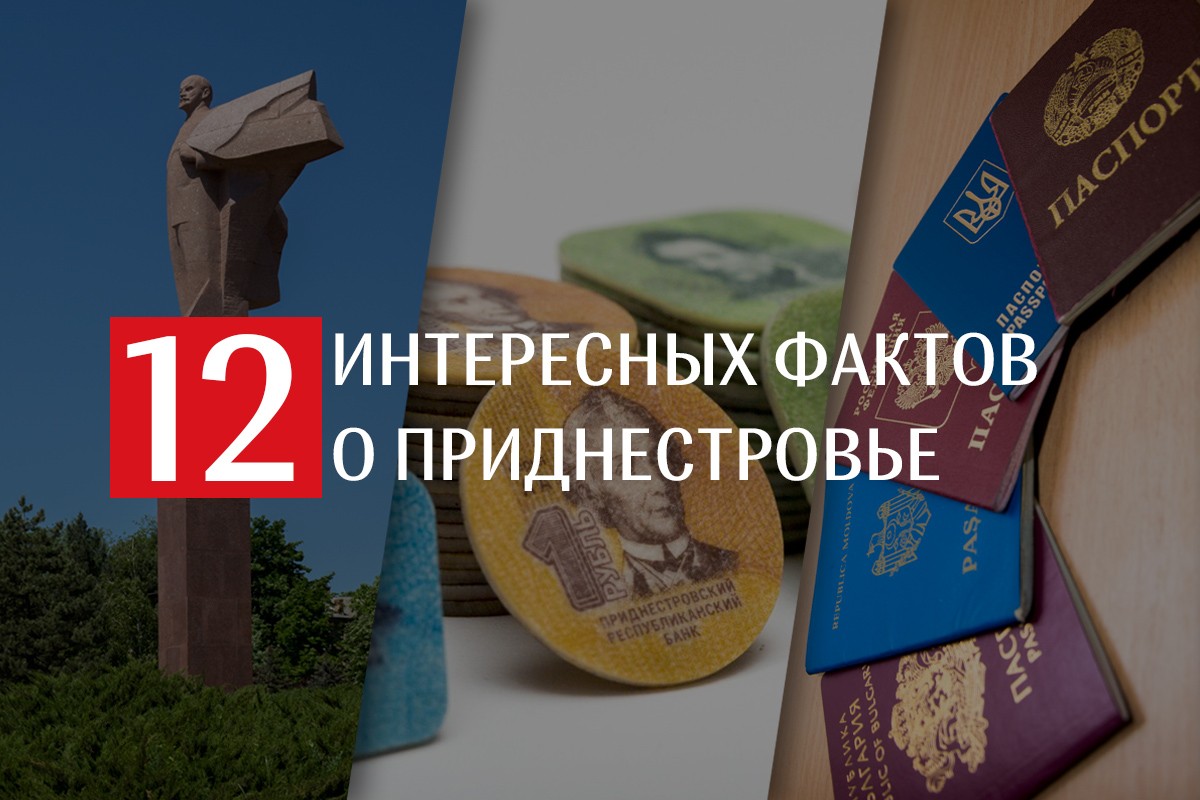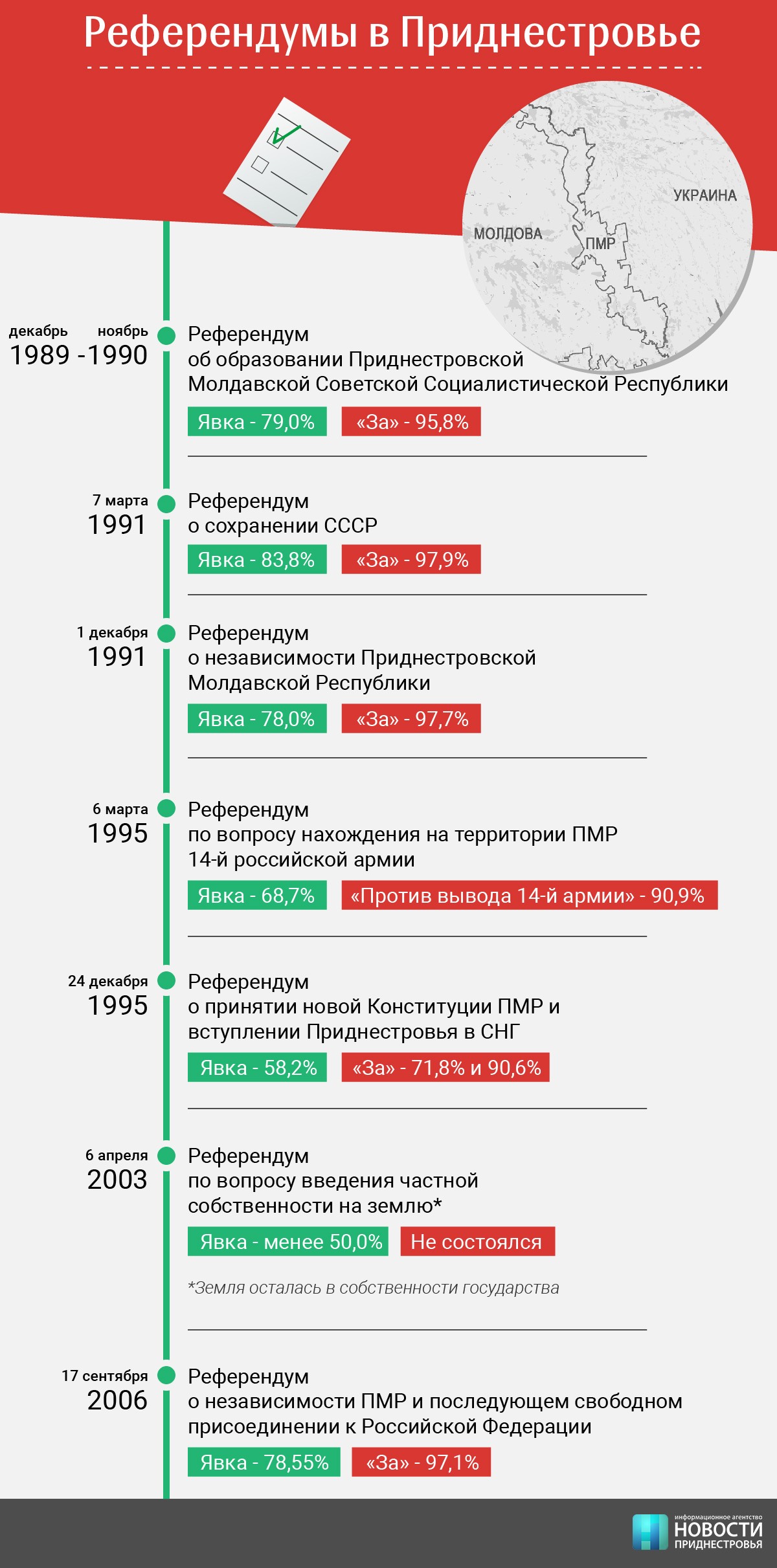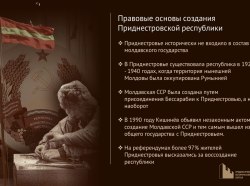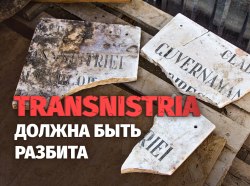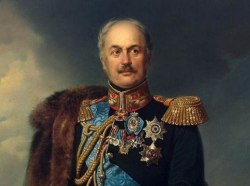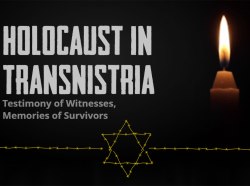Pridnestrovie is a microstate in the centre of Europe, which is located between Ukraine and Moldova. The country is a 200-km-long strip of land, stretching from the northwest to the southeast along the Dniester valley. There is a place to the south of Mikhailovka village, Rybnitsa District, where the distance between the country's western and eastern borders is slightly more than 2 kilometres. Nevertheless, the territory of Pridnestrovie (4163 km²) is larger than such European countries as Luxembourg (2586.4 km²) and Liechtenstein (160 km²).
What else can impress foreign guests during tourist trips around the country? The news agency "Novosti Pridnestrovya" has collected some of them.
The Pridnestrovian Moldavian Republic is one of the seven countries with developed referendum democracy
The most important state decisions in the country are made through direct democratic procedures: citizens' opinion determines the state policy (including the external one). The republic was actually proclaimed by the residents of Pridnestrovie themselves at a series of referendums which were held in its cities and villages. The question of independence was also resolved with the broad participation of the people. It is the citizens who insist on the deployment of Russian soldiers, who are perceived by Pridnestrovians as guarantors of peace. The people also solve geopolitical issues: in 2006, 97.1% of Pridnestrovians voted for independence and integration with Russia. The distinctive features of Pridnestrovian referendums are a high turnout and unanimity of citizens.
A number of countries enshrine referendums in their constitutions today, but only seven of them actively apply this instrument of direct democracy: Ireland, Liechtenstein, Latvia, Lithuania, Slovakia, Switzerland, Pridnestrovie.
The first referendum in the USSR was held in Pridnestrovie. The country has held seven referendums since 1990. Neighbouring Moldova has held only two national referendums throughout the years of its independence in 1994 and 2010, one of which was declared invalid. In Gagauzia, whose status has been actually reduced to a simple region of Moldova, one referendum was held in 2014.
Pridnestrovie is one of the two unrecognised states with a full-fledged monetary system
According to some sources, there are a total of about 120 unrecognized or partially recognized states in the world today. The website Geopolitics lists 35 of the most famous of them (without dependent territories), but according to other sources, the number of such countries slightly exceeds 20. All of them have the main features of the state, but not every country from this group was able to create its own full-fledged monetary system. For example, among the partially recognized states, only the Republic of China (Taiwan) has its own currency - Taiwanese dollar, whereas Kosovo uses euro; Western Sahara uses Moroccan dirham; North Cyprus uses Turkish lira; South Ossetia and Abkhazia use Russian rouble.
Among countries that are not recognized by any UN member state, only Pridnestrovie and Somaliland have full-fledged monetary systems. Nagorno-Karabakh also has its own currency; however, it is not in real circulation and is in demand among numismatists (limited circulation and insignificant denomination).
The national currency of the PMR is the Pridnestrovian rouble, which was introduced in 1994.

The front side of Pridnestrovian banknotes features the persons who influenced the history of Pridnestrovie: generals of the Russian Empire Alexander Suvorov and Peter Rumyantsev, who was presumably born in Pridnestrovie; Empress Catherine II; Ukrainian poet, prose writer and ethnographer Taras Shevchenko; Moldavian-Russian politician and encyclopedist Dmitry Kantemir.

The first ever coins made of composite materials
In 2014, Pridnestrovie's Central Bank put into circulation coins made of composite materials. They are manufactured using the "Plamet" technology, which is Goznak Russia's innovation. Composite coins combine the characteristics of banknotes (anti-forgery design; easy recognition by colour, design, shape and size; low weight; low production costs) and those of coins (high resistance to abrasion, water and various chemical liquids).
And although plastic money first appeared in 1983 (today such banknotes are used in 53 states), Pridnestrovie was the first country to launch into circulation the composite coins.

The Pridnestrovian Republican Bank won a Watermark Banknotes Award in the nomination "Substrates for the modification of bank notes" for innovations applied in composite banknotes.
Pridnestrovie has preserved the Cyrillic-based Moldavian language
Since the Supreme Council of the MSSR adopted a law on languages in 1989, the Moldavian language based on a Cyrillic alphabet has remained in use only in Pridnestrovie. Article 1 of this law announced the transition of the Moldavian language to the Latin alphabet, adopted in the United Principalities of Wallachia and Moldova (the future of Romania) as early as 1862. Meanwhile, the Moldavian language was historically written in a Cyrillic alphabet: narrative monuments in the Moldavian and Wallachian languages written in the Cyrillic alphabet have been known since the 16th century (Afanasiy Kochaga's gift entry, the letter by Boyar Nyakshu), but before that the language of the administration, church and literature in the Moldavian Principality and Wallachia was Church Slavonic (Urik Romana I of 1392).
Urik Romana I is the first known document of the Moldavian Principality written in Church Slavonic, 1392:

The Latin alphabet came into use in the Danubian principalities only in the 19th century among the intellectual elite educated at European universities, who proposed to call the Moldavian and Wallachian languages Romanian. The idea of adopting the Latin alphabet was explained by the fact that these languages are part of the Romance group and, consequently, they correspond more phonetically to the Latin alphabet. Adherents of this idea, however, do not like to recall the words of one of the famous writers Mihai Eminescu:
"Our phonetic laws are Old Slavic, which, however, are unusually and even surprisingly close to the Romanesque, to such a degree that their fusion in the Romanian language is perfectly natural." (Letter to Titus Maiorescu, Iasi, 15 October 1877)

Pridnestrovie is the only ex-USSR state with the sickle and hammer both on the state emblem and on the national flag
The Pridnestrovian flag was first raised at 15:00 on 2 September 1991. It has inherited the colours and symbols of the flag of the Moldavian SSR of 1952 (the creation of the MSSR was declared illegal by the Moldovan Parliament in June 1990). In the upper left corner of the red canvas with a green line in the middle is a golden sickle and a hammer with a five-pointed star. This symbol disappeared from all the flags of the former Soviet Union republics back in the early 1990s. Today it can be seen only on the flags of some cities and regions of Russia: Vladimir and Bryansk Oblasts, the cities of Orel and Dzerzhinsk.
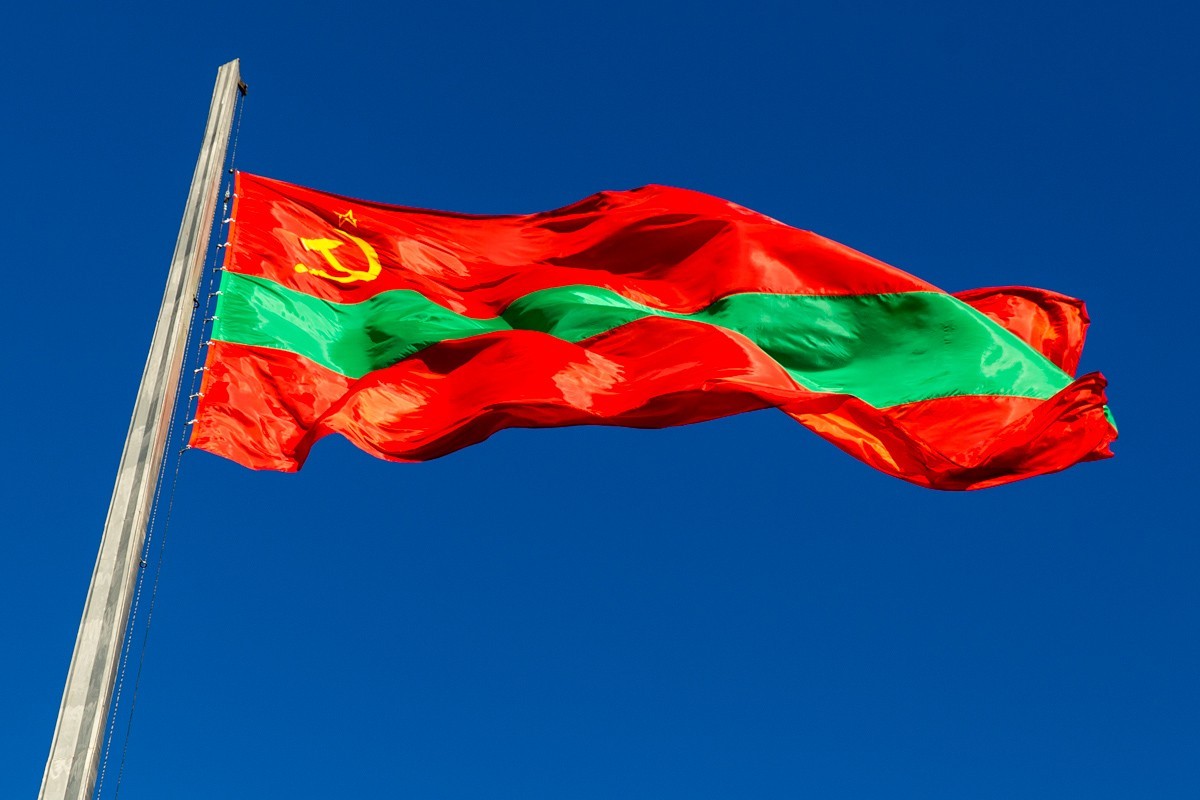
The sickle and hammer are the main elements of the PMR's state emblem, which, with some differences, replicates the state emblem of the MSSR: the stylized horizon with the rising sun is designated by a blue ribbon with a white wavy line symbolising the Dniester River. The colour of the central bunch of grapes also differs: blue on the Pridnestrovian emblem and yellow on the MSSR's.
The hammer and sickle, symbolising the unity of the workers and peasants, is usually associated with the communist movement and the Soviet Union. Pridnestrovie, however, is not a communist state - its flag and state emblem symbolize the historical continuity between the MASSR, established in 1924, and the PMR, proclaimed by the people in 1990.
"The younger brother" of Berlin's Lenin
According to travel agents, 50% of tourists come to the capital of the PMR, Tiraspol, to see Lenin. Pridnestrovie is one of the few countries of the former USSR and the socialist camp where monuments to the leader of the world proletariat are not dismantled. In the centre of the city, you can often see groups of foreigners actively photographing the granite Vladimir Ilyich in front of the building of the Government and the Supreme Council. A lot of assumptions have been made about the secret of his popularity. Meanwhile, Tiraspol's Lenin is the "younger brother" of another monument - a 19-meter statue made of pink granite from Berlin's Leninplatz (now United Nations Square).
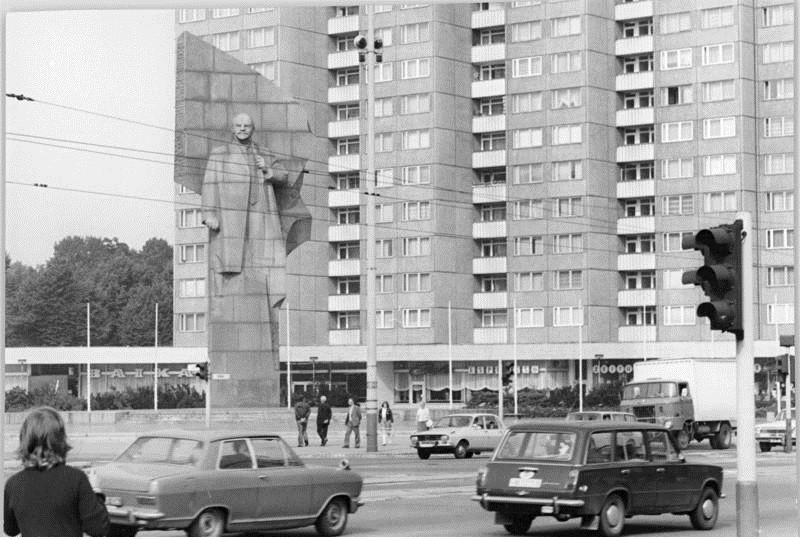
In 1991, Berlin's Lenin was dismantled, and the Tiraspol monument has become the object of nostalgic tourism.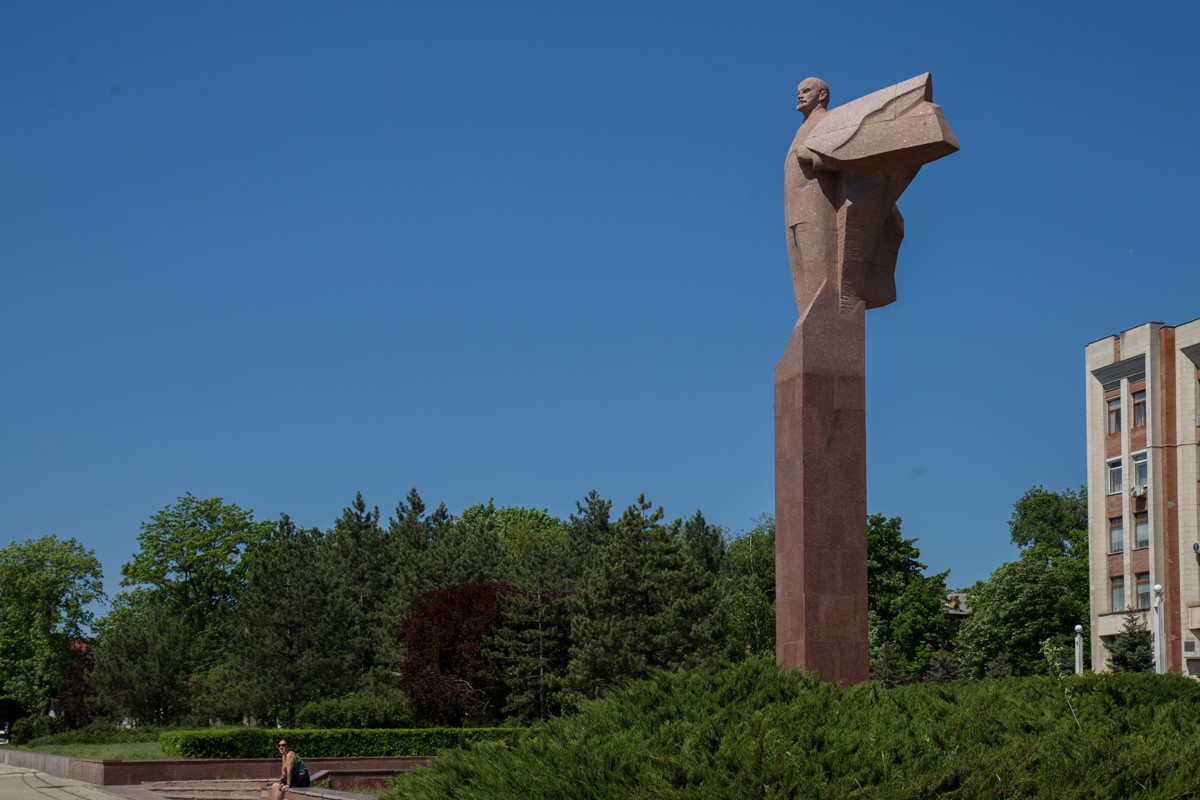
It was erected in 1987 and, according to some sources, is one of the twenty highest monuments to Lenin. However, this point is controversial: the height of the Transnistrian Ilyich is 16 meters, while the leader list starts with a 19-meter mark. The first place, by the way, belongs to the Lenin monument in Volgograd. It is not just tall - it is really gigantic: 57 meters high with the pedestal.
According to experts' estimations, 14,290 monuments to Lenin had been established in the USSR by 1991. There are about 8,000 of them left today. At least, no less.
Many Pridnestrovians have several passports at once, being citizens of four or more states
This is explained by deep family ties between the representatives of various ethnic groups, the fellow countrymen of the inhabitants of Bulgaria, Ukraine, Moldova, Russia, etc.
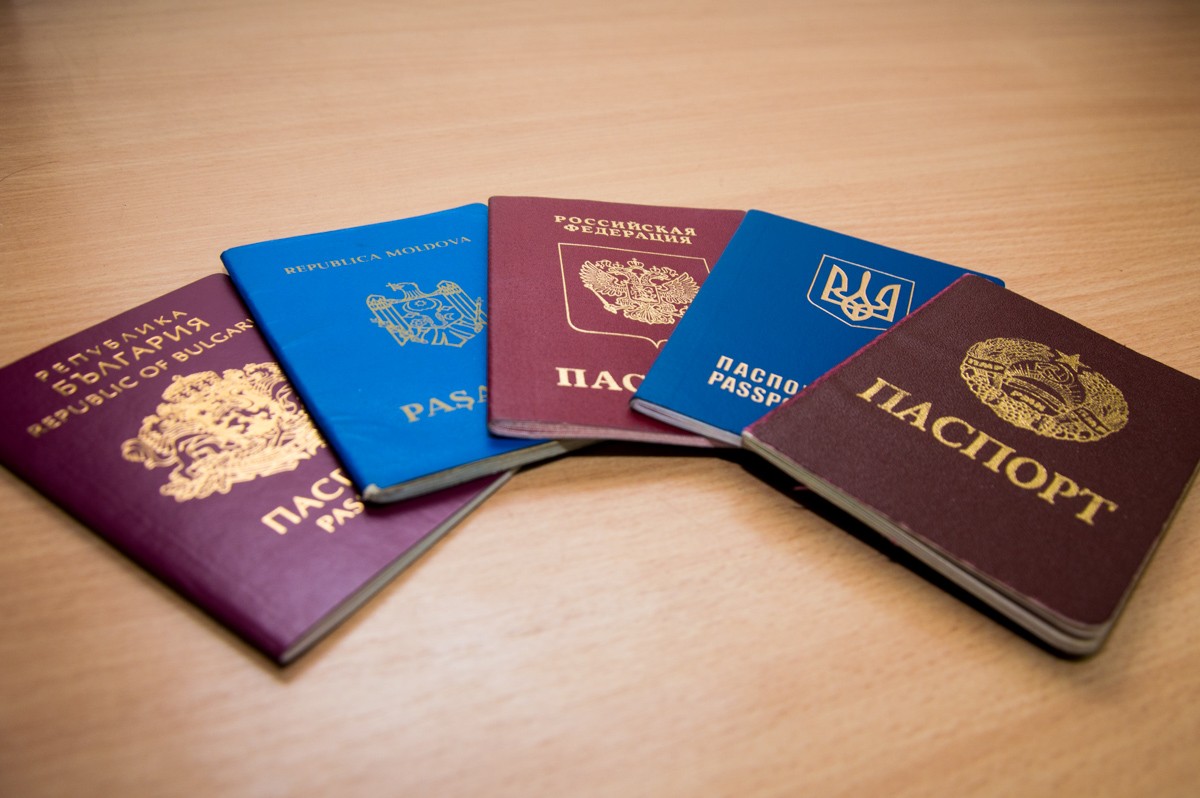
All Pridnestrovians are also citizens of the PMR, but UN member states do not recognise the country's passport. Amid peculiar political circumstances, the citizenship of other countries allows Pridnestrovians to go abroad.
Pridnetrovie is among the top 20 countries with three or more official languages
There are people of 30 nationalities living in Pridnestrovie. With no titular nation, more than 1,000 people identified their nationality as a "Pridnestrovian", according to the latest census of 2015. At the same time, 93% of the inhabitants of the republic consider themselves Russians (34%), Moldavians (33%) and Ukrainians (26.7%).

This parity of nationalities underlies the three official languages: Russian, Moldavian and Ukrainian.
Multilingualism is typical for many countries of the world, but not every language has the status of an official language. There are more than 200 recognised, partially recognised and unrecognised states in the world. But only two dozen of them have three or more official languages. Bolivia tops the ranking with 37 official languages (according to the 2009 constitution). In New Zealand, even a sign language is official.
The largest settlement of Bulgarians outside their ethnic homeland
Between the cities of Tiraspol and Bendery is the village of Parkany. Its population is 10,000 people, according to official data, 80% of whom are Bulgarians. Along with Taraclia in Moldova and Bolgrad in Ukraine, Parkany is the largest Bulgarian enclave outside of Bulgaria.
The village has preserved the charm of the original Bulgarian culture, which you can see, hear and even taste. Parkany preserves the elements of past years in architecture, in language, in holidays that are vividly celebrated, in customs and rituals, and even in the character traits of local residents.

One of the three regions in Eastern Europe with a large concentration of ancient monuments
With a relatively small area (4,163 km ²), more than 2,000 historical and cultural monuments have been officially discovered in Pridnestrovie. 95% of them are monuments of archaeology. Meanwhile, according to experts of Pridnestrovian State University, there are much more ancient objects: from 10,000 to 12,000. Among them are numerous settlements of various cultures, sanctuaries, Stone Age sites, as well as burials – religious steppe pyramids.
"Tsar's Burial" near the village of Butory, Grigoriopolsky District:

In the scientific centres of the CIS and Europe, Pridnestrovie is known as "archaeological Klondike", a contact zone where the ancient cultures of the West and the East crossed.
Golden Torque from Dubossary District:
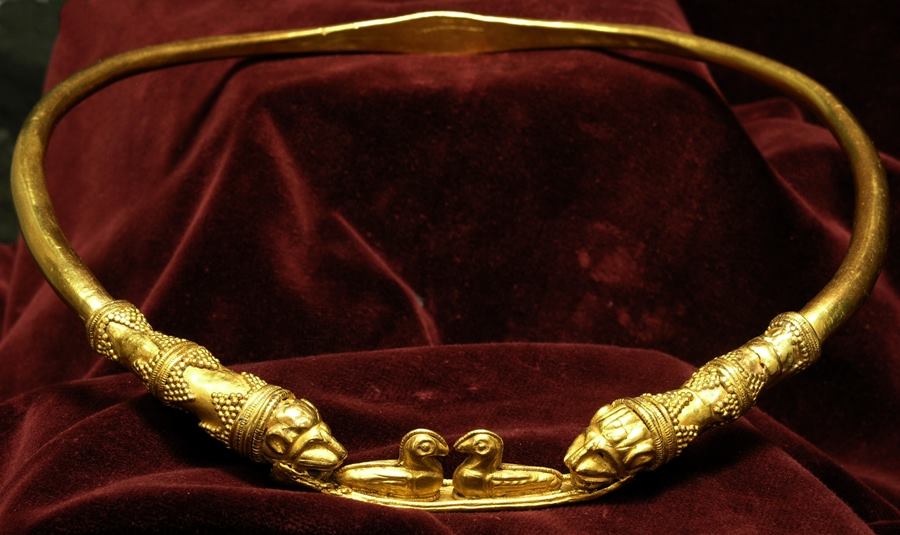
Pridnestrovie is one of the three unique historical and cultural regions in Eastern Europe (along with the Caucasus and the Crimea) where monuments of ancient history belonging to various epochs and cultures are encountered almost at every step.
Unique geological monuments
Palaeontologists from all over the world know Tiraspol, first of all, as a paleontological symbol. In the north-west of the Pridnestrovian capital, there is a key geological section of up to 30 meters, which journalists called a "stone book" with a chronicle of the Pleistocene epoch. This is the unique geological and paleontological monument "Kolkotova Balka".
This is the most complete stratigraphic section of the Quaternary period in Eurasia, where the stratification of sediments containing traces of ancient animals and plants has been preserved in a strict geological sequence. The sediments accumulated here in the period from a million to 300,000 thousand years ago. Scientists have discovered the remains of various microorganisms, plants and animals (cave lions, the mammoth's ancestors - Trogonterian elephants and many others).
The mammoth tusk, found in the sediments of Kolkotova Balka, is reposited in the Geological Museum of PSU:

The data of the sections allow us to get the expression of the ancient landscape and climate. The latter, judging by various finds, changed several times from arid to cold.
The tooth of the Trogonterian elephant, discovered in the Sukleya quarry, is reposited in the Geological Museum of PSU:

However, Kolkotova Balka is not the only geological sight of Pridnestrovie. In Kamenskoye, Rybnitsa and Gryogriopol Districts, there are outcrops of the more ancient Neogene system. The sediments date back to 13 - 9 million years ago - to the period when there was the Sarmatian Sea here.
The remains of ancient inhabitants of our region. Viviparous tiraspolitanus:
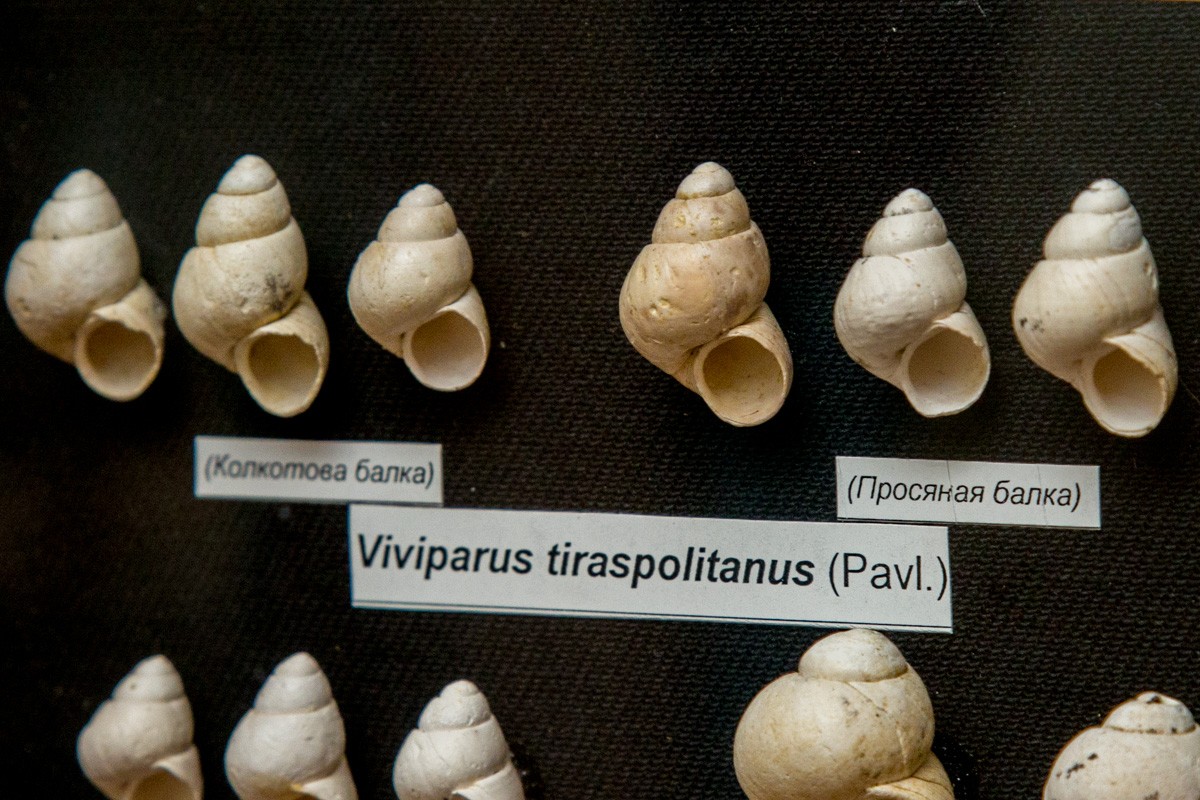
According to palaeontologists, the geological Sarmatian sections are unique. It is no accident that in scientific centres of Russia call Pridnestrovie a "paleontological paradise."
There are rare plants of several geographical zones
As a result of intensive economic activities, many plant species that had previously grown up in the steppe vanished. However, relicts, endemics and rare plants you can not find in other steppe areas grow in a reserve near the village of Novaya Andriyashevka. They have been preserved due to a very hilly landscape, which is unfit for agriculture.
The reserve is located on picturesque hills in the vicinity of Novaya Andriyashevka village:
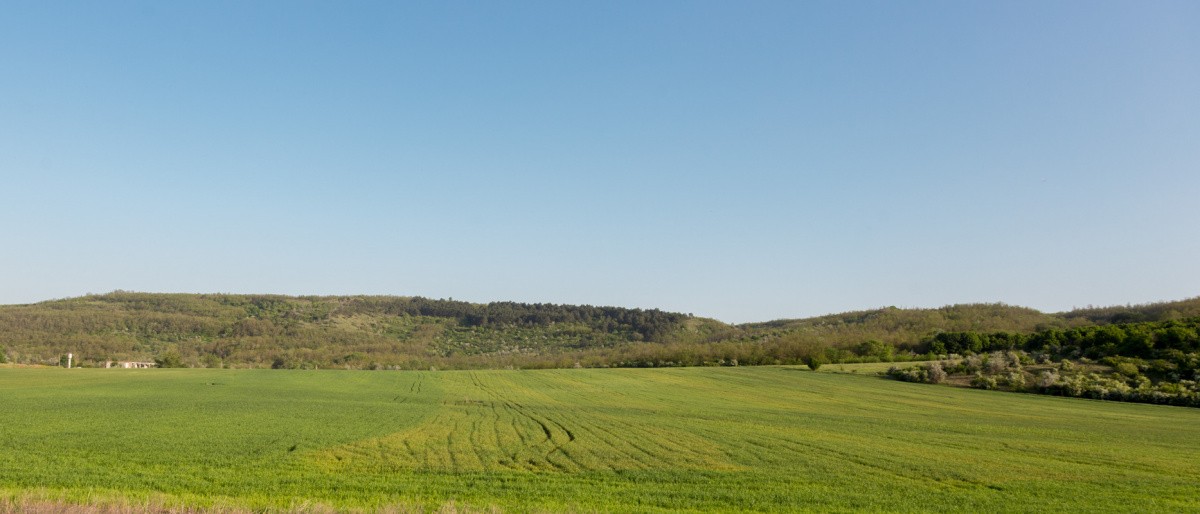
The flora of the reserve is diverse. It combines elements of various geographical areas, but still, it is closely connected with the ancient Mediterranean. About 50 species of plants are subject to protection, of which six species have been included in the Red Data Book of the USSR.
Pridnestrovie is generally characterised by a mixture of different geographic areas. Crossing the republic along the Dniester valley, for 202 kilometres you can see a sudden change of landscapes: steppes, hills and forests.
To be continued...

